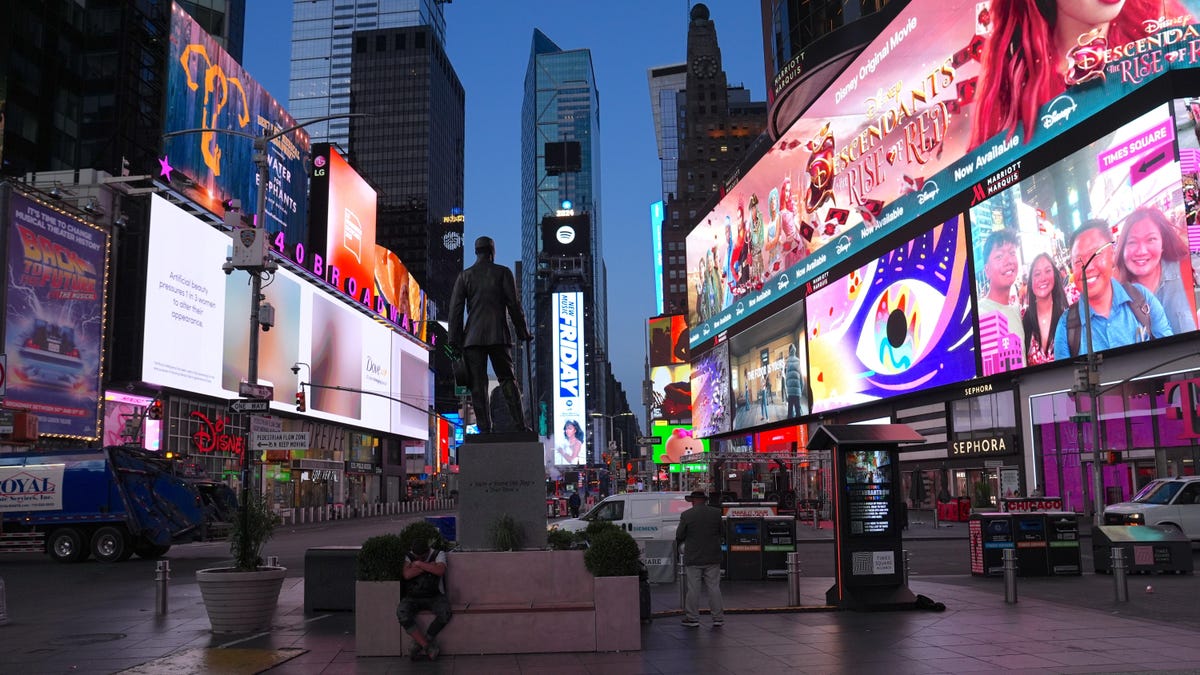Bright, obnoxious digital billboards are one of the worst things drivers have to deal with on a daily basis. As we get into winter, with the days growing ever shorter, the problem is only made worse as illuminated signs blast you with the power of the sun when you’re just trying to get home from work. Well, luckily for you, they’re already illegal. For all the help that’ll do you.
The Drive reported on the legality of LED billboards yesterday, citing a statute that bars “signs … which are of such intensity or brilliance as to cause glare or to impair the vision of the driver of any motor vehicle, or which otherwise interfere with any driver’s operation of a motor vehicle.” If it’s any surprise to you, that law alone isn’t the whole story. The world of roadside signage is complicated.
The law linked out by The Drive, 23 CFR § 750.154, actually refers to directional signs, the legal term for those little informational signs along the highway that talk about “public places owned or operated by Federal, State, or local governments or their agencies” as well as “publicly or privately owned natural phenomena, historic, cultural, scientific, educational, and religious sites; and areas of natural scenic beauty or naturally suited for outdoor recreation, deemed to be in the interest of the traveling public.” Crucially, there’s a critical category missing there: Advertising.
That’s because advertising isn’t actually governed by 23 CFR § 750.154, but divided between separate subsections of 23 CFR § 750 based on other factors. Primarily, there’s a division between signs falling inside and outside of a “protected area” — essentially, within 660 feet of the edge of the highway. Then, there are four classes of sign to consider: Class 1 for official government signs, Class 2 for signs on the physical building in which their advertised services occur, Class 3 for ads within 12 miles of the thing they’re advertising, and Class 4 for “Signs in the specific interest of the traveling public.”
Luckily for all of us, most of these distinctions don’t actually matter in terms of lighting. There’s a General Provisions subsection of 23 CFR § 750 that establishes broad limits on Class 2 signs as well as Class 3 and 4 signs in specific areas, which bans lighting except when it “is of such low intensity or brilliance as not to cause glare or to impair the vision of the driver of any motor vehicle, or to otherwise interfere with any driver’s operation of a motor vehicle” — the exact inverse of the wording from 23 CFR § 750.154’s restrictions on directional signs.
As for Class 3 and 4 signs outside those specific areas, they’re addressed by a separate subsection, though it too includes identical “of such low intensity or brilliance as not to cause glare or to impair the vision of the driver” language. It seems that, no matter where a sign is located, it’s illegal if it’s bright enough to get in the way of your driving.







